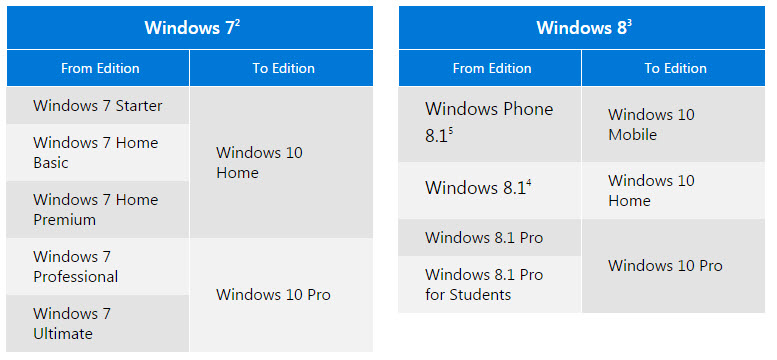
In this scenario, I have a typical Windows 7 setup with some applications installed and some personal files stored in the Documents Library. Upgrading also preserves your Windows Settings too. This avoids the need to do things like reinstall hardware drivers and applications. One of the major differences between upgrading from Windows 7 compared to Windows Vista and XP is, Windows 8 allows you to preserve your installed applications when upgrading from Windows 7. They may or may not entice you, but if you are going to upgrade, here are some steps to help you make a smooth transition to Windows 8. These are just some of the key areas where Windows 8 advances over Windows 7.

Fully compatible with existing hardware and software.These applications will not run on Windows 7. Microsoft has also created an environment that will encourage third party developers to create touch ready applications just for Windows 8. You can swipe, pan, zoom and do all the key actions expected on a Touch device. There is just no disadvantage when using it with Touch. Windows 8 features a smart, fluid and fast interface that is significantly engineered for Touch called the Start Screen. Fully Touch Ready – This has been a miss on on prior versions of Windows going back to Windows XP Tablet PC edition.Fast Boot – Windows 8 boots significantly faster than Windows 7, in fact on an SSD, I can have Windows 8 up and running in 5 to 7 seconds.

Windows 8 does introduce some specific advances where Windows 7 does fall short and I will list some of them here: What more could you really want in a desktop OS? Windows 7 also supports many of the significant changes that have occurred on the Internet in the past 10 years. It also prepares for a future that is centred around mobility and touch. This is ultimately a personal decision, Windows 7 is a modern operating system that supports all the advances available today in hardware and software. Is it worth upgrading to Windows 8 from Windows 7? With an estimated 630 million licenses sold, Windows 7 probably represents the pinnacle of success when it comes to client operating systems. Launched in October 2009, Windows 7 is Microsoft’s most successful release of the operating system to date. In this final series looking at upgrading to Windows 8, we transition from the most recent version of Windows, Windows 7.


 0 kommentar(er)
0 kommentar(er)
